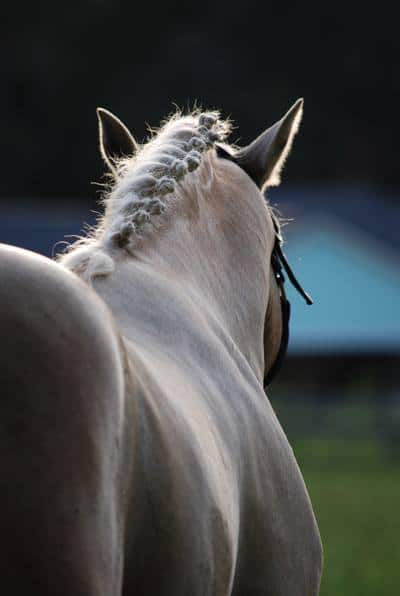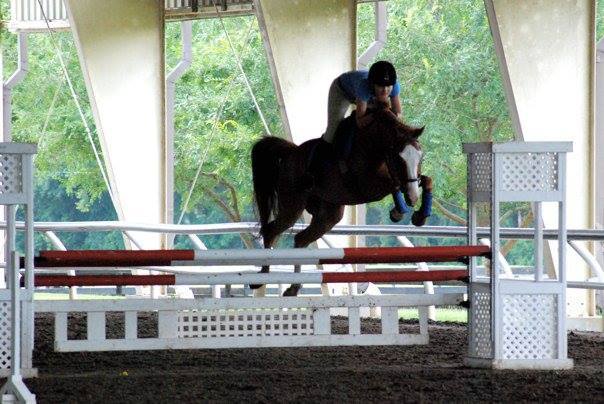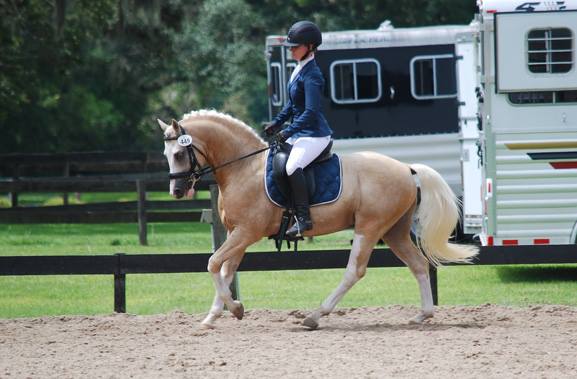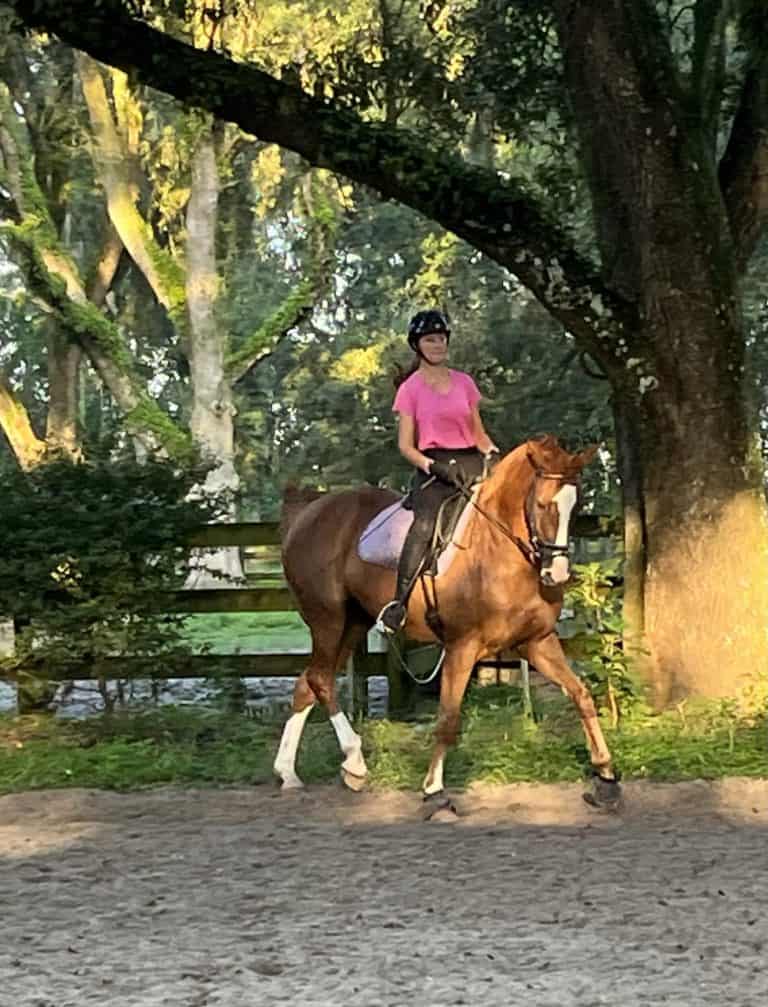Active Learner
What do I want from my students?
As an instructor I teach more than 50 lessons per week. I have students riding at all levels from beginner to third level dressage and 3’ jumpers. Every rider has different motivations and different goals. Some are just happy to be on a horse. Some like to “Go fast and jump high.” And some have something to prove to themselves and others. All are great students and worthy of my time and attention. And all inspire me to be a better instructor.
But what makes the best student?
No matter what you want to do or how well you ride being an active learners makes all the difference in the world.
Active learning is generally defined as any instruction that engages students in the learning process. Active learners think about what they are doing. Active learners discuss, practice, review, and process. They problem solve! This interaction reinforces concepts, and skills. Provides feedback to me. And provides my students with an opportunity to think about, talk about, and process the feel of what they just rode. And it helps me to know if I am doing my job.
We have all been to clinics, where we have had great rides and leave feeling like we are on the right track, just to wake up the next morning with no idea how to recreate what we did at the clinic. You get on your horse and struggle with “how did I do that?” This is usually because we don’t have time to process. Instructing without the opportunity to think and ask questions does not allow the rider to absorb the information and most of that information will be lost.
I don’t want that to happen to my students. My goal as an instructor, is to get you safe on a horse and to teach you how to ride well without me. To get you to understand the concepts of riding. And for you to be able to work through problems on your own.
When given the opportunity to actively engage with the information, studies show, students perform better. It engages the brain, giving riders the opportunity to connect new and old concepts, correct previous misconceptions, and enables riders to understand the how, the when and the whys of riding.
According to research, students learn more when they participate. Duh!
Active learning encourages you to activate cognitive and sensory networks, which helps process and store new information. Obviously when you are riding you are participating. But I have found that students retain more when they can describe what they did just before I say, “Like That.” Some new students find it odd when I ask them what they did to get that particular movement. I have even had students answer my question with “what you told me to do.” That is not the answer I am looking for. I want a description of what they did. Answering my question gives them time to solidify the aides, and process what they did. Then they can try to repeat the movement.
Claire Hoogendoorn, New York City College of Technology, summarized several studies, by writing, “…learning is enhanced when multiple neural pathways are activated at the same time. In plain terms, the more we can activate students’ brains in different ways, the more they learn. This means that engaging as many sensory, cognitive, emotional, and social processes will increase their learning potential.”
Think about that for a minute.
We all have those friends who can repeat the concepts but can’t apply any of it to the “real world.” Those people, who are ”book-smart”, who have read every book ever printed about riding a horse but is afraid to canter. When riding a horse, you have to apply it; sometimes very quickly, without thinking.
What makes an active learner? A student who reads about what they want to learn. A student who watches videos. And students who watch others ride. And most importantly, a student who says, “I don’t understand.”
Reading articles is a great way to interact with your instructor and to keep you and your instructor focused on your goals. Read an article, let the concept sink in. Discuss it with your instructor and then practice it in your lesson.
For example; I have a student who recently came to her lesson and said, “the turn on the haunches is not ridden the way you have taught me to ride it.” And she was right. So, I explained to her that we were not ready to ride the turn on the haunches. We were still trying to get her horse to move off her aids. And helping her to differentiate controlling the horse’s shoulders and controlling his haunches. I explained, how I visualize her progressing through the process. And how riding certain movements, will turn into her turn on the haunches. We then went to work, connecting what she was doing to where she wants to go.
I had a student come to her lesson after watching a video of Charlotte DuJardin. My student is a second level rider. And when we started working her medium trot, she sent her hands forward “like Charlotte.” It was a great opportunity to discuss self-carriage. And how your horse is going to progress, where we are now and how we are going to get to self-carriage.
I love it when my students, watch other people ride. Now, I do have some students who want to help me teach when they watch others riding and that is very annoying. (Not to mention disrespectful.) But watching others ride, is a great way to learn. I also think watching others ride helps us understand, how proprioception effects our riding. What we think we are doing is not always what is getting through to the horse.
When watching lessons, I feel it is appropriate to ask questions. There may be other instructors that feel differently. But as long as your questions are pointed and don’t take over or distract from my focus I am happy to interact with auditors.
I am the instructor who is always asking: “Do you feel that?” “Do you understand?” Of course, most of my students answer, ”Yes”, even when they don’t. But I really want to know. I may have a different way to explain what I am trying to teach. As an instructor, I need to know if my student understands. I am not doing my job if my students can’t progress. In addition, I want to have that connection with my students. I want to be able to understand how they think and what they are stuck on. I want to know that when they are riding without me, they are safe and can duplicate what they do in their lessons.
If you come to your lesson and try you will eventually learn to ride. But that doesn’t mean you understand the how, the when and the whys. Be an active learner and help me be a better instructor.





